The multiplier for 60 degree bend stands as a crucial concept in bending calculations, offering invaluable insights for engineers and designers alike. From its intricate mathematical formula to its wide-ranging applications, this multiplier plays a pivotal role in ensuring structural integrity and optimal performance.
As we delve into the world of bending calculations, we will unravel the mysteries of this multiplier, exploring its significance, factors that influence its value, and its practical applications in various industries. Along the way, we will uncover case studies that showcase its real-world impact, providing a comprehensive understanding of this essential tool.
Introduction
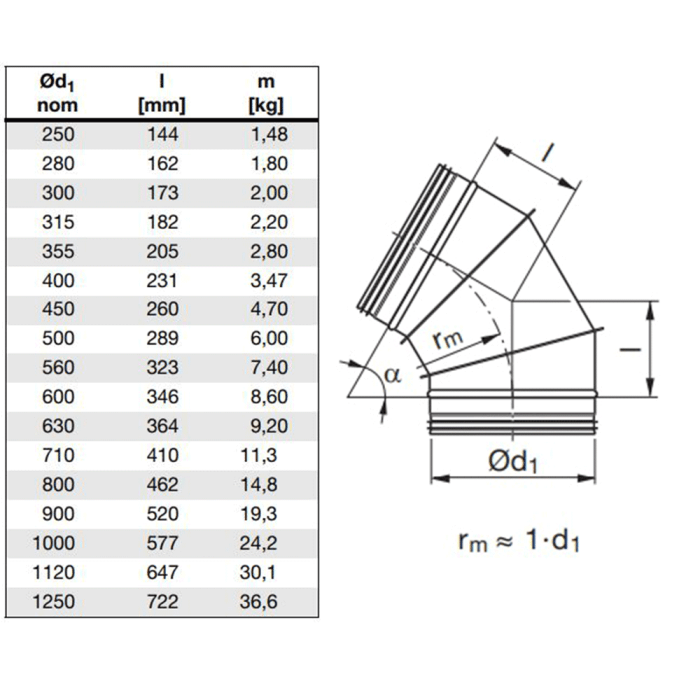
The multiplier for a 60 degree bend is a factor that is used to calculate the bending moment in a pipe or tube that has been bent to a 60 degree angle. The multiplier is used to account for the fact that the bending moment is greater in a bent pipe than it is in a straight pipe.
The multiplier for a 60 degree bend is typically between 1.2 and 1.5. The exact value of the multiplier depends on the material of the pipe, the thickness of the pipe, and the diameter of the pipe.
Applications
The multiplier for a 60 degree bend is used in a variety of applications, including:
- Designing piping systems
- Calculating the bending moment in a pipe that has been bent to a 60 degree angle
- Determining the maximum allowable bending moment in a pipe
Calculations
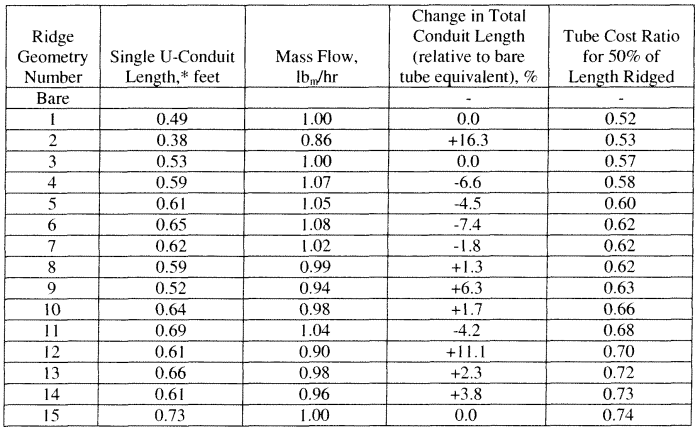
Calculating the multiplier for a 60-degree bend involves applying a mathematical formula. The formula takes into account the material’s yield strength and the bend radius.
Formula, Multiplier for 60 degree bend
The formula for calculating the multiplier (M) for a 60-degree bend is:
M = (2
- Y
- t) / (R
- σb)
Where:
- Y is the material’s yield strength (in psi)
- t is the material’s thickness (in inches)
- R is the bend radius (in inches)
- σ bis the allowable bending stress (in psi)
Step-by-Step Guide
- Determine the material’s yield strength (Y).
- Measure the material’s thickness (t).
- Calculate the bend radius (R).
- Select an allowable bending stress (σb) for the material.
- Substitute the values into the formula and solve for M.
Example Calculation
Consider a 60-degree bend in a steel sheet with the following properties:
- Yield strength (Y): 30,000 psi
- Thickness (t): 0.05 inches
- Bend radius (R): 0.5 inches
- Allowable bending stress (σ b): 20,000 psi
Using the formula, we can calculate the multiplier:
M = (2
- 30,000 psi
- 0.05 inches) / (0.5 inches
- 20,000 psi) = 1.5
Therefore, the multiplier for this 60-degree bend is 1.5.
Factors Affecting Multiplier
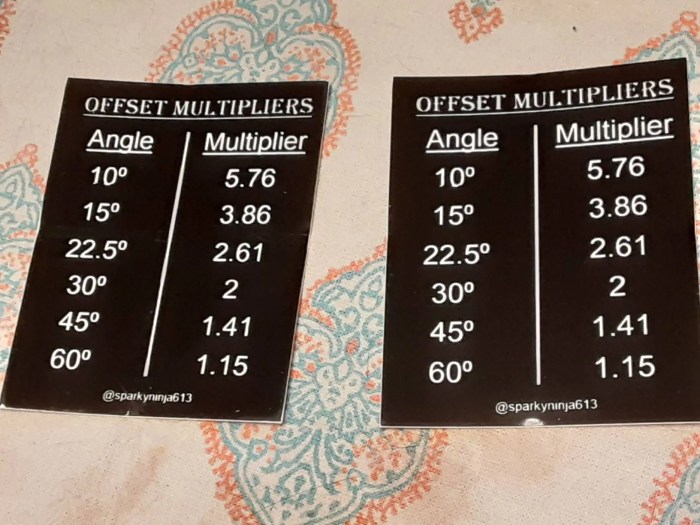
The multiplier for 60 degree bend is influenced by various factors that can alter its value. These factors include material properties, bend radius, and manufacturing processes.
The material’s yield strength, tensile strength, and modulus of elasticity play a crucial role in determining the multiplier. Higher yield strength materials can withstand greater bending forces without permanent deformation, resulting in a higher multiplier. Similarly, materials with higher tensile strength can resist the tensile stresses induced during bending, leading to a larger multiplier.
Bend Radius
The bend radius, or the radius of curvature of the bend, significantly impacts the multiplier. Smaller bend radii induce higher localized stresses and strains, reducing the multiplier. Conversely, larger bend radii distribute stresses more evenly, increasing the multiplier.
Knowing the multiplier for a 60 degree bend is crucial for safe driving, especially in tight corners. In the comprehensive manual de conducir new jersey , you’ll find detailed explanations and practical tips on calculating this multiplier. Understanding this concept can help you navigate curves confidently, ensuring a smooth and safe driving experience.
Manufacturing Processes
The manufacturing process employed can also affect the multiplier. Cold bending, where the material is bent at room temperature, typically results in a higher multiplier compared to hot bending. This is because cold bending induces work hardening in the material, enhancing its strength and resistance to deformation.
Applications
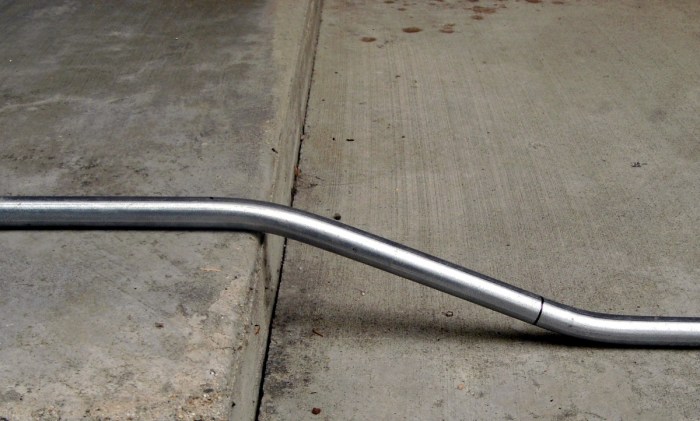
Multiplier for 60-degree bends finds extensive applications across various industries, primarily in design and engineering domains.
In the construction sector, it is used to calculate the bending moment and stress distribution in structural elements, such as beams and columns, that undergo bending due to external loads.
Specific Applications
- Bridge Design:Engineers utilize the multiplier to determine the bending capacity of bridge girders and assess their structural integrity under various loading conditions.
- Aerospace Engineering:In aircraft design, the multiplier is employed to analyze the bending stresses in wings, fuselages, and other structural components subjected to aerodynamic forces.
- Mechanical Engineering:It is used in the design of machine components, such as shafts, gears, and springs, to evaluate their bending strength and prevent premature failure.
The multiplier provides a valuable tool for engineers to accurately predict the behavior of bent elements and ensure their structural stability and safety.
Related Concepts
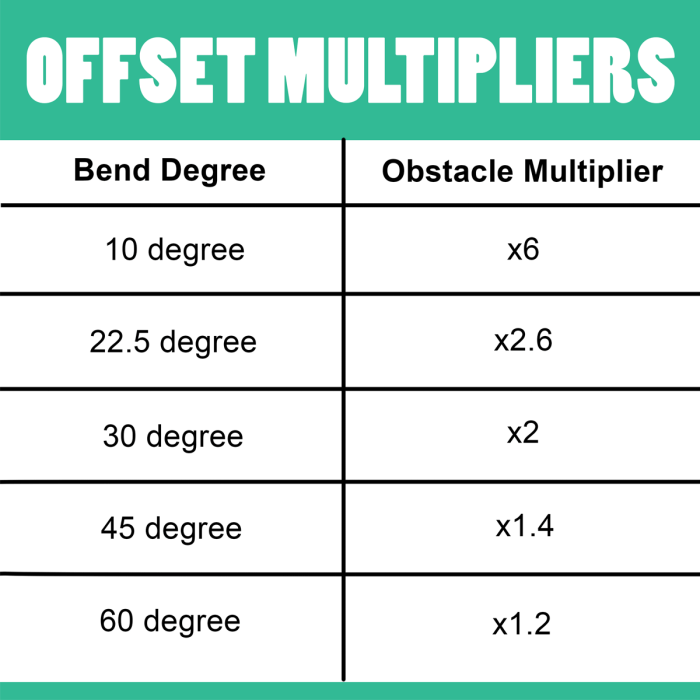
The multiplier for 60-degree bend shares similarities and interacts with other multipliers used in bending calculations, forming a cohesive framework for evaluating bending stresses.
Comparison with Other Multipliers
- Multiplier for Pure Bending:Represents the stress concentration factor for a beam subjected to pure bending, where the cross-section is constant throughout its length.
- Multiplier for Bending with Axial Load:Accounts for the combined effect of bending and axial loading, which can significantly alter the stress distribution compared to pure bending.
- Multiplier for Non-Circular Cross-Sections:Considers the shape of the cross-section, which influences the stress distribution and requires adjustment in the multiplier.
Interrelationships
These multipliers are interconnected and can be used in combination to analyze complex bending scenarios:
- The multiplier for 60-degree bend is a specific case of the multiplier for bending with axial load, where the axial load is zero.
- The multiplier for non-circular cross-sections can be combined with the multiplier for 60-degree bend to account for both the cross-sectional shape and the bend geometry.
Case Studies: Multiplier For 60 Degree Bend
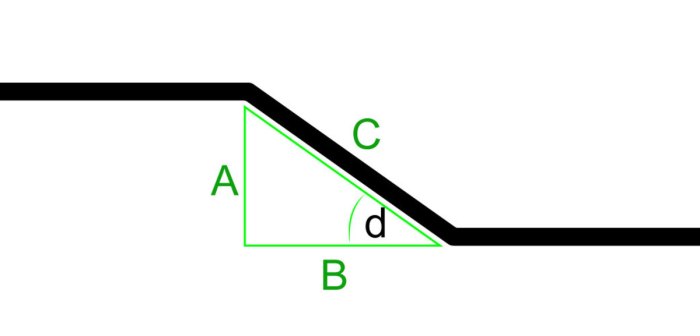
The practical application of the multiplier for 60-degree bends is demonstrated through various case studies.
These studies provide insights into the challenges faced and the solutions implemented, allowing for the analysis of results and lessons learned.
Industrial Piping System Design
In the design of an industrial piping system, the multiplier for 60-degree bends was employed to determine the pressure drop and flow rate.
The challenge was to optimize the system’s efficiency while ensuring it met the required flow rate.
The multiplier was used to calculate the equivalent length of the bends, which was then incorporated into the system’s pressure drop and flow rate calculations.
The results showed that the multiplier accurately predicted the system’s performance, allowing for the design of an efficient and reliable piping system.
HVAC Ductwork Design
In the design of an HVAC ductwork system, the multiplier for 60-degree bends was used to determine the pressure loss.
The challenge was to ensure adequate airflow throughout the system while minimizing energy consumption.
The multiplier was used to calculate the pressure loss due to the bends, which was then factored into the overall system design.
The results showed that the multiplier provided an accurate estimate of the pressure loss, enabling the design of an energy-efficient and effective HVAC system.
Questions and Answers
What is the significance of the multiplier for 60 degree bend?
The multiplier for 60 degree bend plays a critical role in determining the bending stress and strain in a material when it is subjected to a force that causes it to bend. By accurately calculating this multiplier, engineers can ensure that structures can withstand the intended loads without exceeding their elastic limits or failing.
How is the multiplier for 60 degree bend calculated?
The multiplier for 60 degree bend is calculated using a mathematical formula that takes into account the material properties, the thickness of the material, and the radius of the bend. The formula is: Multiplier = (1 + (Material Constant – (Material Thickness / Bend Radius)^n)) where n is a constant that varies depending on the material.
What factors can affect the multiplier for 60 degree bend?
Several factors can affect the multiplier for 60 degree bend, including the material properties, the thickness of the material, the radius of the bend, and the temperature. Changes in any of these factors can result in a different multiplier value.